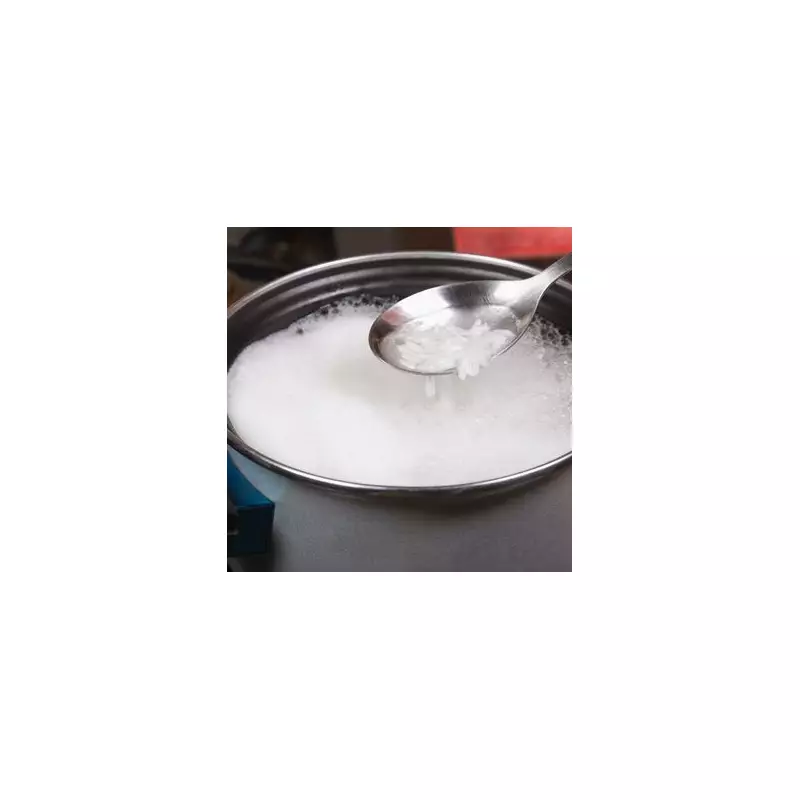
For generations, the method has been etched into British culinary tradition: boil the kettle, pour water over rice, and simmer until fluffy. But now, a stark warning from food scientists is turning this fundamental kitchen practice on its head, revealing it could be exposing millions to harmful toxins.
Experts are urging households across the UK to immediately abandon the common practice of cooking rice in a pan of boiling water. The reason? This technique may not effectively remove arsenic, a naturally occurring but toxic chemical that is absorbed by rice from soil and water.
The Hidden Danger in Your Weekly Shop
Arsenic contamination is a serious global issue for rice crops. Industrial pollutants and ancient pesticides lingering in the ground mean rice plants absorb more of this toxic element than other grains. Ingesting high levels of inorganic arsenic over a long period is linked to an increased risk of serious health problems, including various cancers and heart disease.
The Food Standards Agency (FSA) has long been concerned about arsenic levels, particularly due to its presence in rice-based products often given to young children and babies.
The Right Way to Cook Your Rice
So, if boiling is out, what is the safe alternative? Food safety professionals point to one vastly superior method: the absorption method, similar to how you would cook pasta.
- Rinse your rice thoroughly in a sieve under cold running water until the water runs clear. This helps wash away some surface-level arsenic.
- Use a large pot and add a significant amount of water—a ratio of at least five cups of water to every one cup of rice is recommended. This creates ample volume for the toxins to dilute into.
- Bring the water to a rolling boil before adding your rinsed rice.
- Cook for 30-35 minutes, stirring occasionally.
- Drain the rice through a sieve just as you would with pasta. This step is crucial, as it removes the water containing the leached arsenic.
- Let it steam dry in the sieve for a minute before serving fluffy, and crucially, safer rice.
This process has been shown to reduce arsenic levels by over half compared to simply letting the rice absorb all the water in the pan.
A Simple Change for a Healthier Kitchen
While the risk from occasional consumption is low, for families who enjoy rice several times a week, this simple switch in cooking technique is a powerful and easy step towards reducing long-term exposure to a known toxin. It’s a small change in the kitchen that could make a significant difference to your family’s health.





